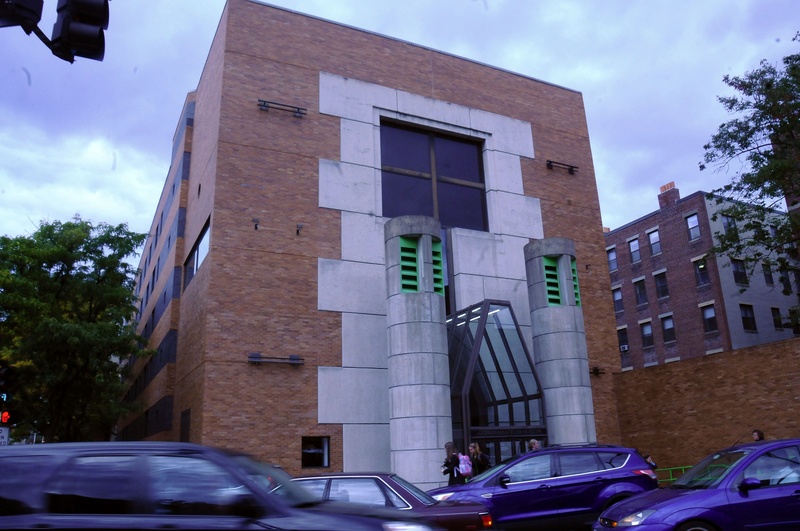As the final phase of the Harvard Art Museums renovation nears completion, the Arthur M. Sackler Museum galleries have been closed to the public since June to allow for the packing and relocation of its collections to the newly renovated Fogg Museum at 32 Quincy St.
But once the collections are moved, the building at 485 Broadway faces an uncertain future.
“The University is discussing the future use of the building,” wrote Lauren M. Marshall, a senior communications officer at Harvard Public Affairs and Communications, in an email. Marshall confirmed that the building at 485 Broadway will “continue to bear the Arthur M. Sackler name.”
Most notably home to art collections, the building also hosts offices, classrooms, and a lecture hall, all of which remain open to faculty, students, and staff despite the closing of the galleries. Harvard Art Museums events and programs will still run regularly in the Sackler building until the renovated museum opens, according to Daron J. Manoogian, director of communications for the Harvard Art Museums.
The Sackler Museum falls under the Harvard Arts Museum umbrella, which also includes the Fogg and Busch-Reisinger museums. Access to the Fogg and Busch-Reisinger galleries has been restricted since the museum at 32 Quincy St. closed for renovation in 2008. However, the Sackler Museum collection on Broadway remained open to the public until this summer.
The closing of the Sackler galleries means that the entirety of the Harvard Art Museums’ physical collections are currently off limits to not only patrons of the arts, but also Harvard students and faculty.
Manoogian said that Harvard Art Museums staff worked closely with academic departments that study the artwork in the collections—particularly History of Art and Architecture—to ensure they had digital access to the works they needed.
Isaac Dayno ’15, a History of Art and Architecture concentrator, said that while “there is simply no substitute” for access to the physical artwork, the department has ensured that students’ education is not compromised. Dayno said that restricted access to the Harvard Arts Museum has made him explore the Boston arts scene, as well as other archives at Harvard.
Despite the hardships that the renovation has caused for some students, Manoogian said that having all three collections together, though still retaining their unique identities, will be worth the period of inaccessibility.
“It’s the first time the collections of all three museums will be in one building,” he said. “It’s important that the collections be together because they speak to each other.”
—Staff writer Brianna D. MacGregor can be reached at brianna.macgregor@thecrimson. Follow her on Twitter @bdmacgregor
Read more in News
Friends Remember Nairobi Attack Victim as Kind, Passionate













